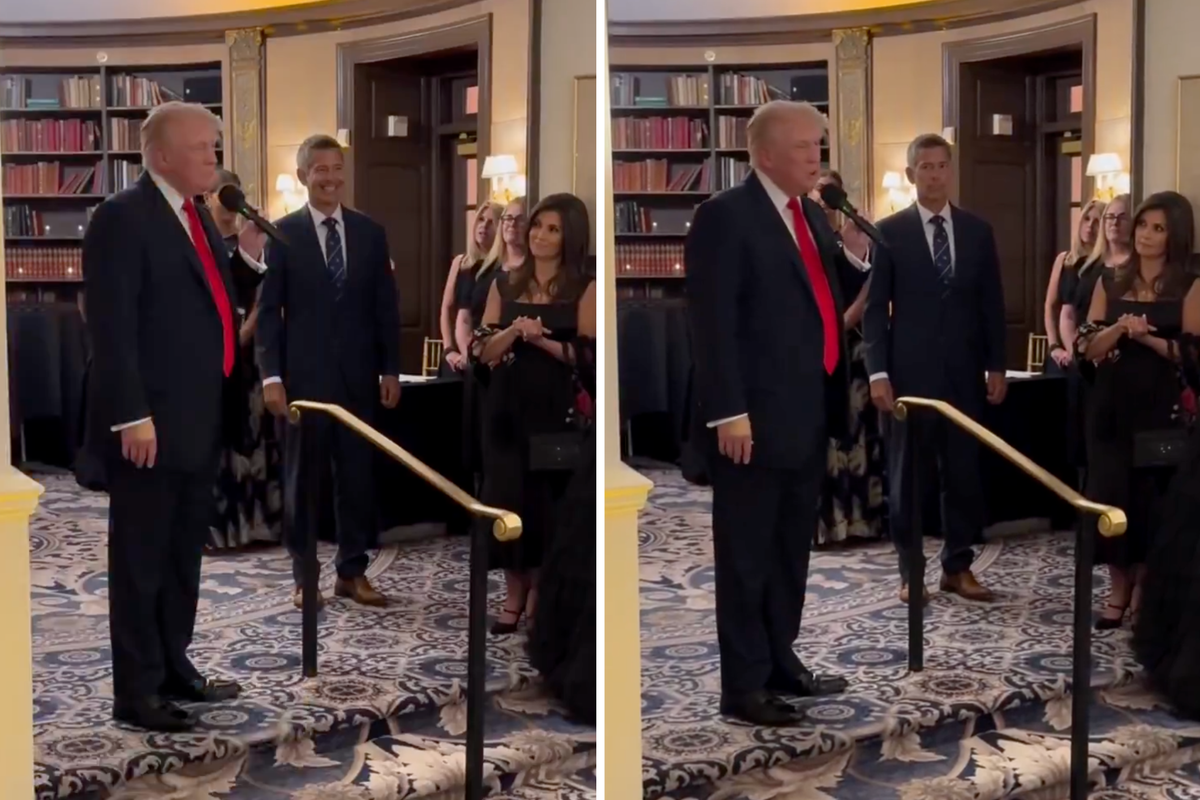Science & Tech
Dina Rickman
Jul 19, 2015
Neurotic people are more likely to see faces in inanimate objects, according to new research.
A study from Norimichi Kitagawa of Tokyo's NTT Communication Science Laboratory presented at the Association for the Scientific Study of Consciousness in Paris, looked at the types of people who experience pareidolia (seeing faces or patterns in random things).
They asked 166 undergraduates to complete a personality test and then presented them with random patterns to see if they saw patterns in them. Overall 77 per cent did, and they found that neurotic people as well as women were more likely to experience pareidolia.
"These results suggest that personality trait, emotional state and sex affect the tendency to see pareidolia in noise, but they don’t determine what kind of pareidolia to be seen," the researchers concluded.
Neuroscientist-turned-writer Moheb Costandi, who flagged up the research on Brain Decoder, says there may be a simple explanation for this: "Neurotic people tend to be less emotionally stable than others, and this, too, may make them tend to see meaningful patterns that aren't actually there," he wrote.
HT the Science of Us
Top 100
The Conversation (0)













